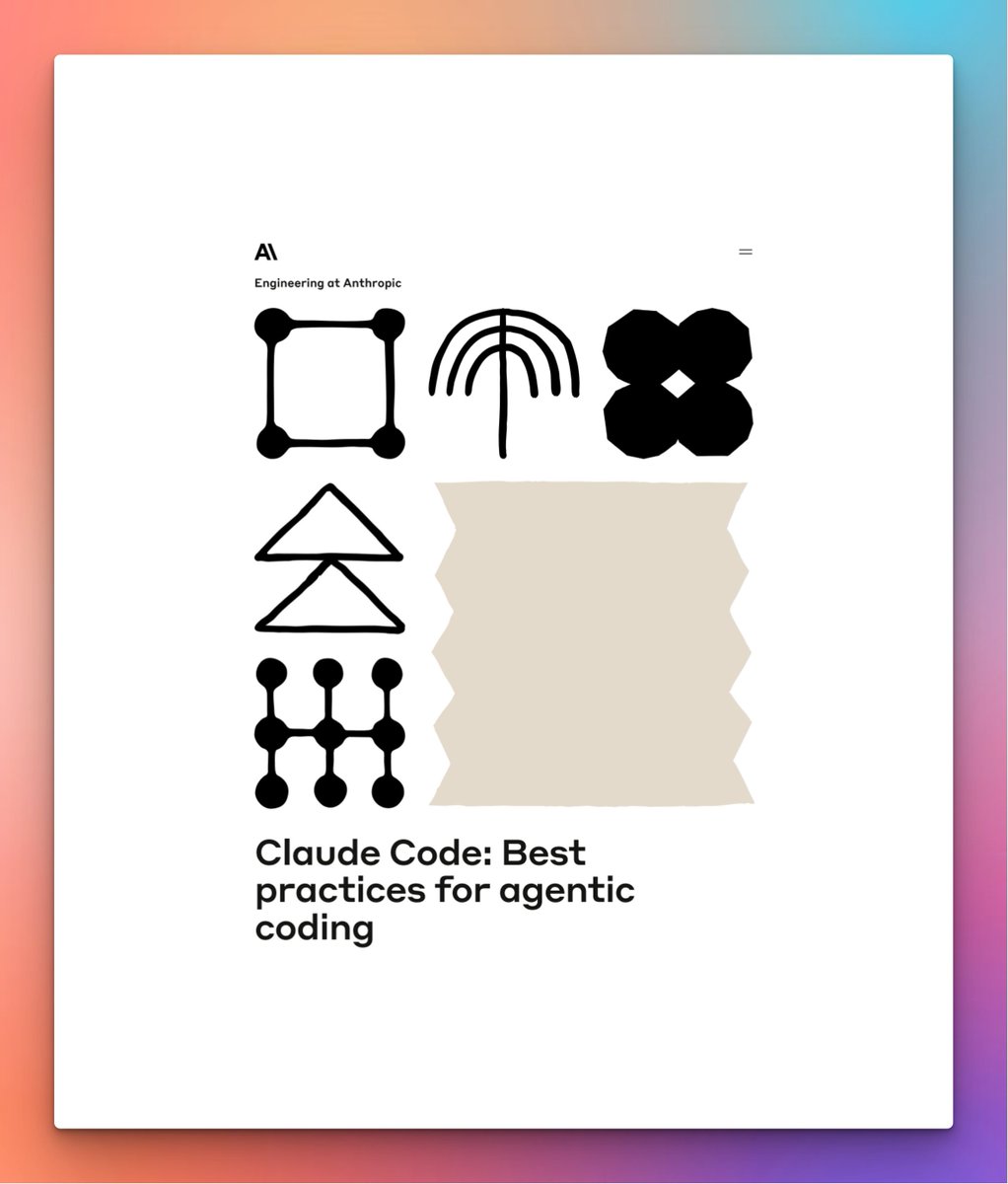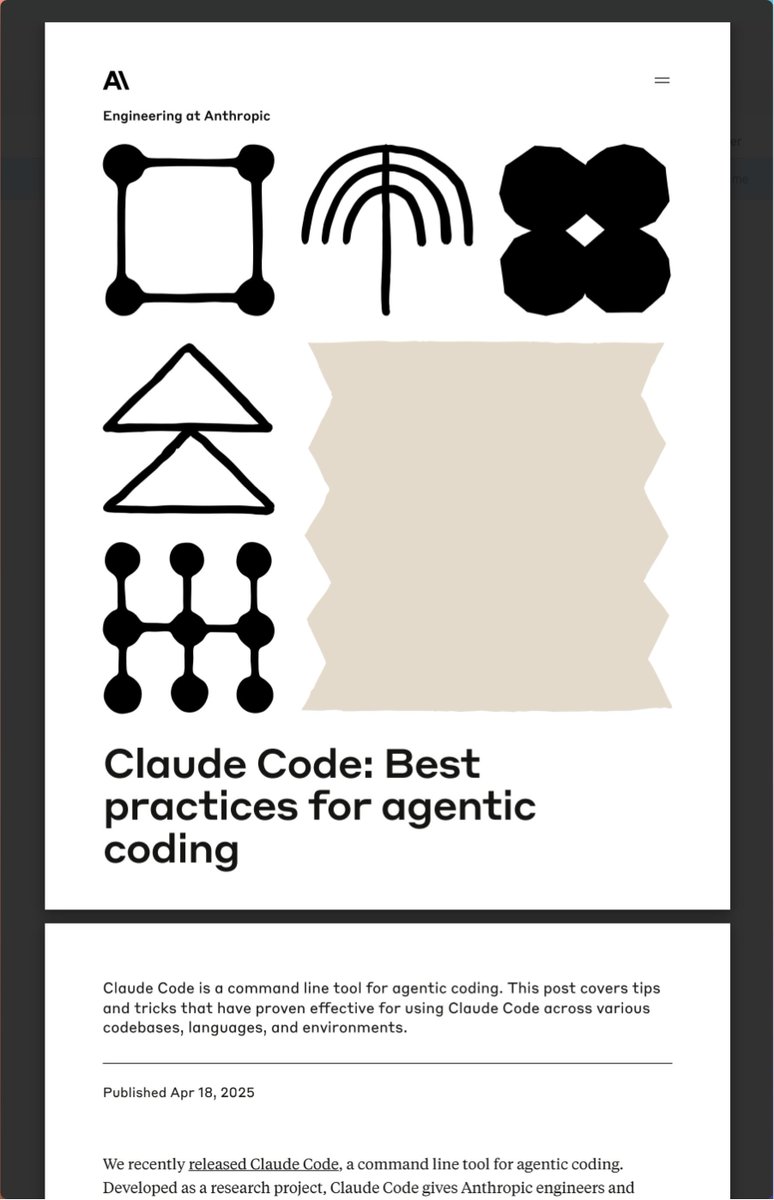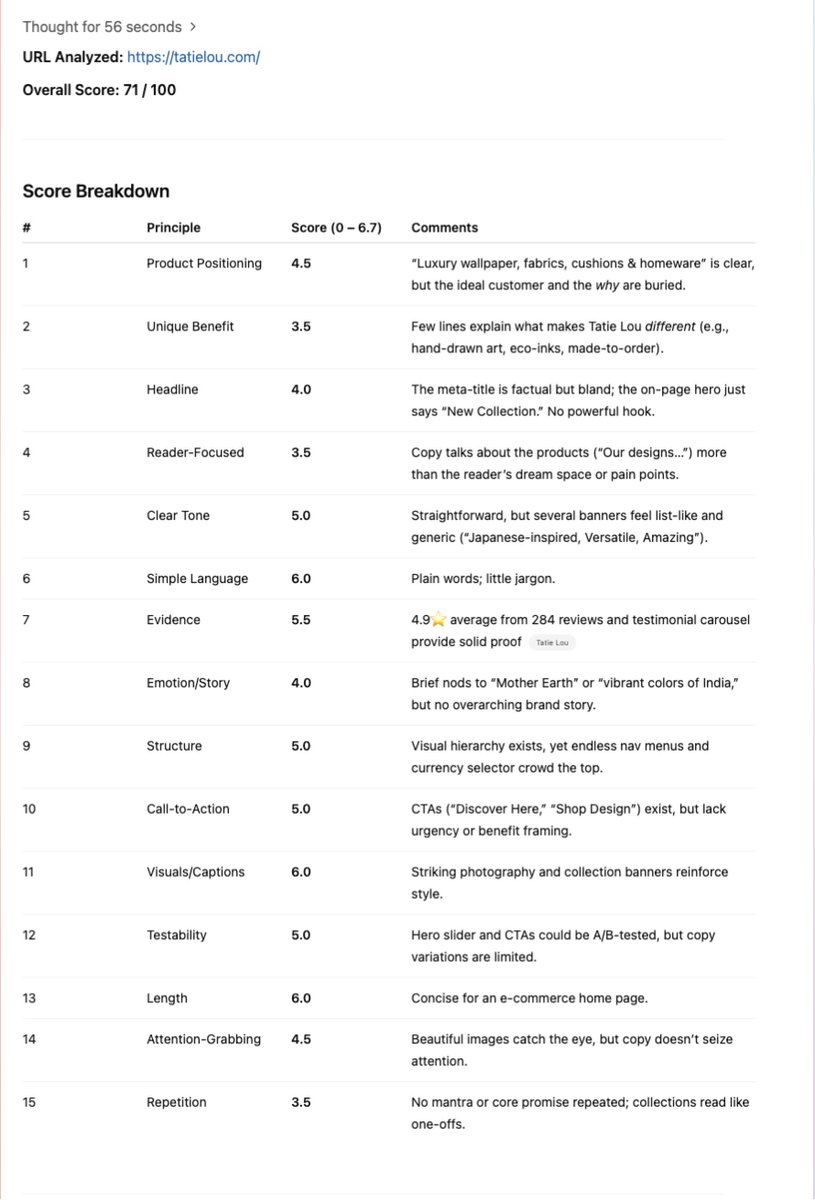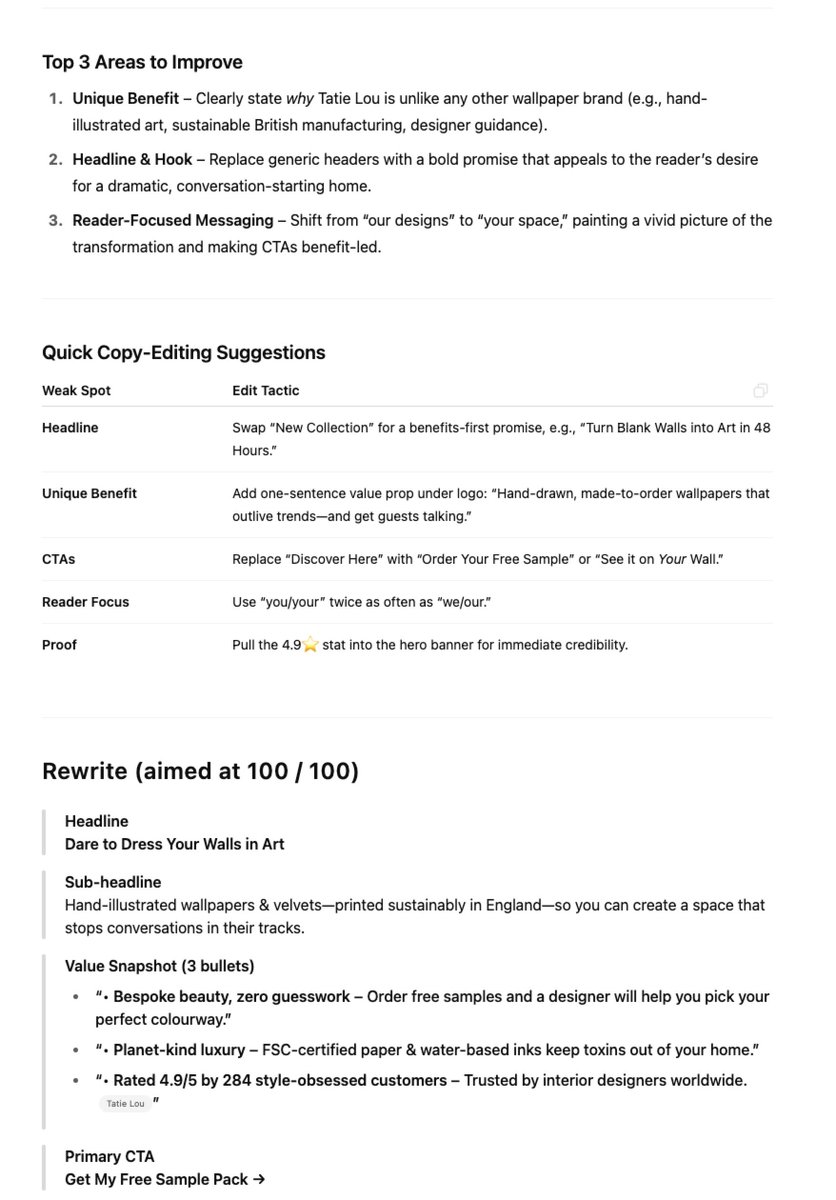Anthropic just published a killer blueprint for Claude Code users! 🔥
→ GitHub CLI workflows
→ .md prompt tuning
→ Custom slash commands
→ Headless + multi-agent agents
Dense, yes... but pure gold if you're building with LLMs.
Download link in 🧵↓
→ GitHub CLI workflows
→ .md prompt tuning
→ Custom slash commands
→ Headless + multi-agent agents
Dense, yes... but pure gold if you're building with LLMs.
Download link in 🧵↓

♻️ If this was useful, repost it so others can benefit too.
Follow me → @datachaz for daily insights on LLMs and AI agents
Follow me → @datachaz for daily insights on LLMs and AI agents
https://twitter.com/19628766/status/1978557646954545314
• • •
Missing some Tweet in this thread? You can try to
force a refresh













